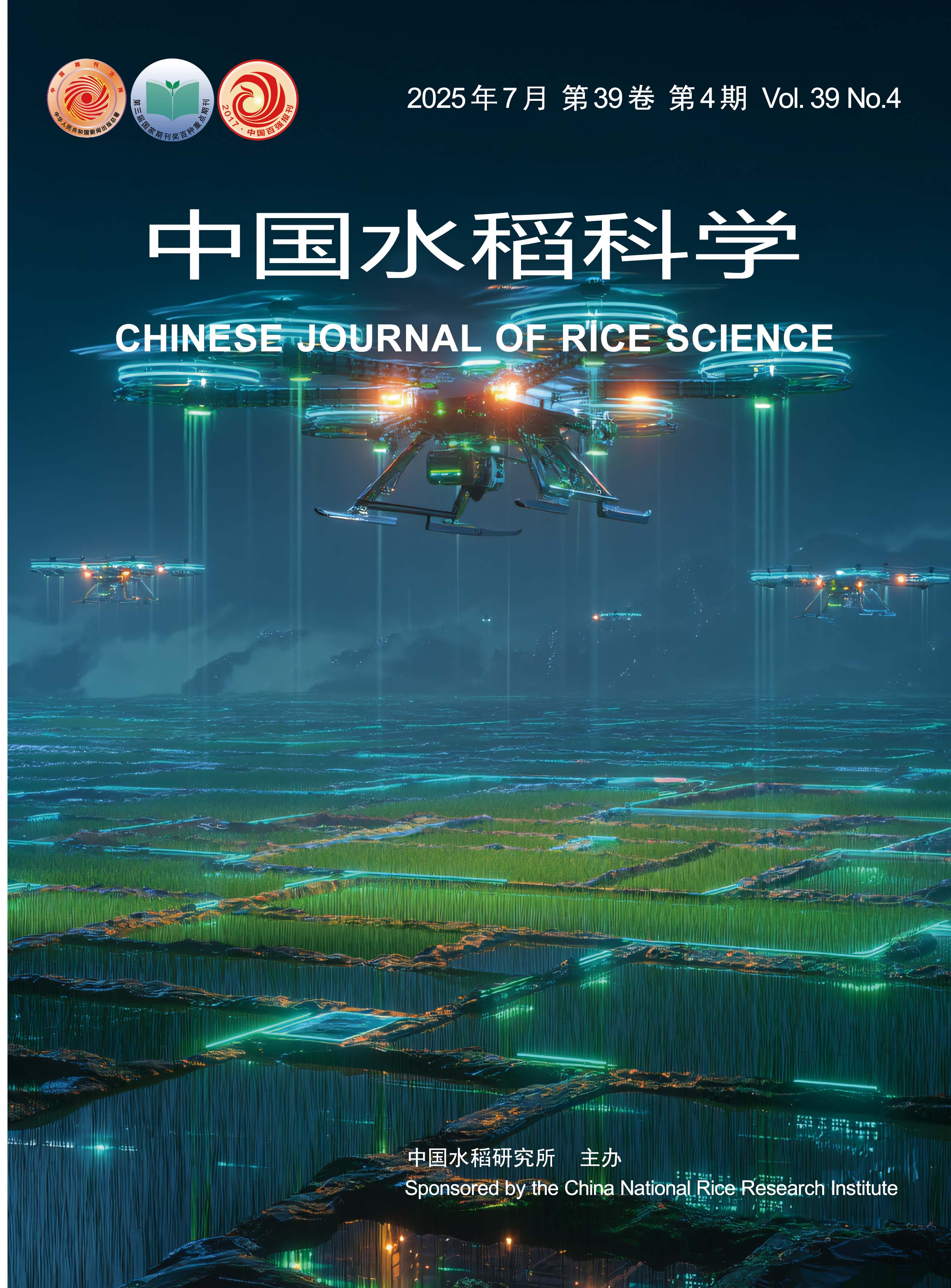【Objective】 This study aimed to investigate the effects of drill seeding rate and seedling picking area on mechanical transplanting quality, high-yield population establishment, and energy efficiency in hybrid rice under precision drill sowing, thereby optimizing cultivation parameters for enhanced yield and resource utilization efficiency. 【Method】 A two-factor split-plot design was conducted with hybrid rice cultivar Chuankangyou 6308 under 18-row precision drill sowing. The design comprised four main-plot drill seeding rates: 100 (M1), 130 (M2), 160 (M3), and 190 grains/row (M4), and three seedling picking areas under mechanical transplanting of 1.25 cm² (S1), 2.03 cm² (S2), and 2.81 cm² (S3) were established as subplots to represent differential seedling picking quantities, systematically evaluating their impacts on seedling quality, mechanical transplanting performance, population dynamics, yield formation, and energy utilization efficiency. 【Results】 At a seedling age of 25 d and different drill seeding rates, the differences between M1 and M2 treatments were not significant. Plant height (17.05-17.95 cm), stem base width (1.78-1.84 mm), number of green leaves (3.41-3.57 leaves), seedling establishment rate (74.15%-77.75%) and number of roots (7.04-7.71 roots/plant) were all significantly better than those in M3 and M4 treatments by 1.36% to 21.46%. However, the M2 treatment showed better root-shoot ratio and root intertwining force than the M1 treatment. Under the treatments of drill seeding rate and seedling picking area, the experimental combination M2S3 achieved the best results, with optimum mechanical transplanting quality and slower leaf area decline in the later stages of reproduction. Its population growth rate and net population assimilation rate were higher than those of the other treatments by 0.77% to 70.59% and 2.54% to 55.79%, respectively, and its yield reached 10768.79 kg/hm², which was 4.01% to 37.23% higher than that of the other treatments. In addition, its net energy, energy utilization efficiency, and energy productivity were significantly increased by 3.70% to 34.41%, 0.04% to 1.80%, and 2.5% to 24.24%, respectively, and its net return and output/input ratio increased by 335.13 to 3935.06 yuan/hm² and 0.36% to 18.93%, respectively. 【Conclusion】 For precision drill-sown and machine-transplanted hybrid rice with 18 rows, using a drill seeding rate of 130 grains/row and a seedling age of 25 d can cultivate seedlings with superior quality. Combined with a seedling picking area of 2.81 cm², this approach facilitates the establishment of a high-yield population, reduces costs, improves efficiency, and synergistically increases both yield and energy efficiency ratio.

